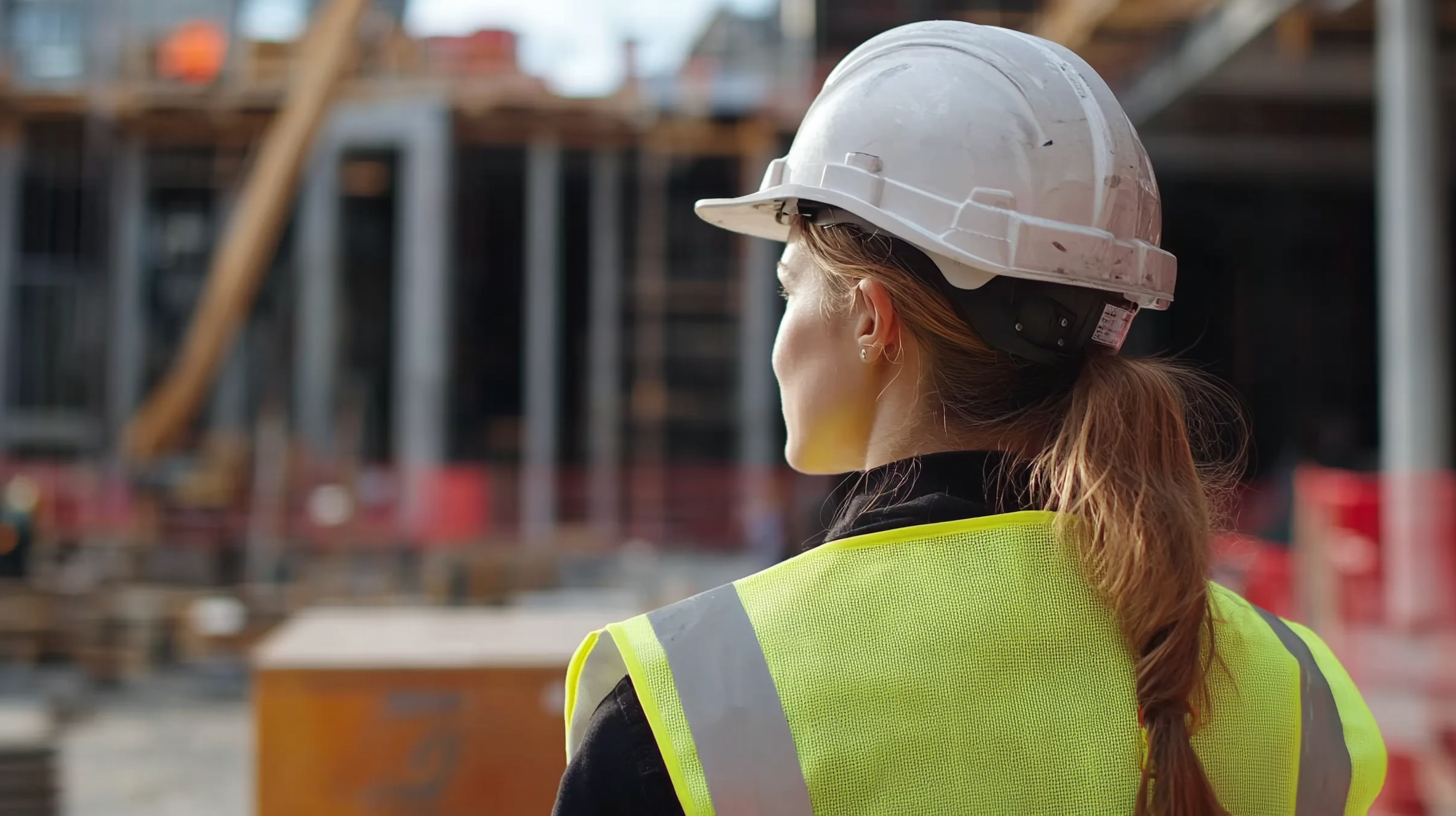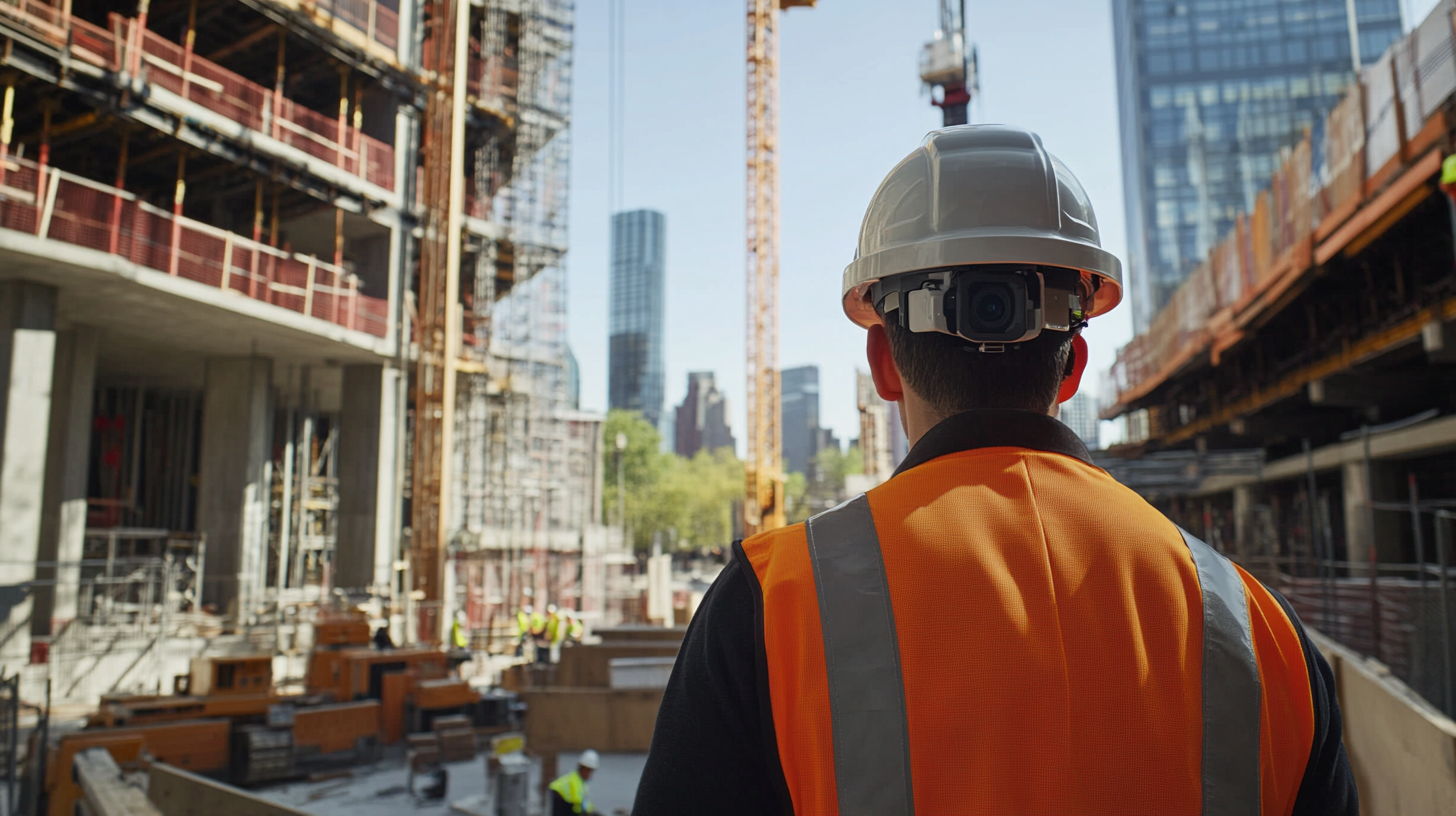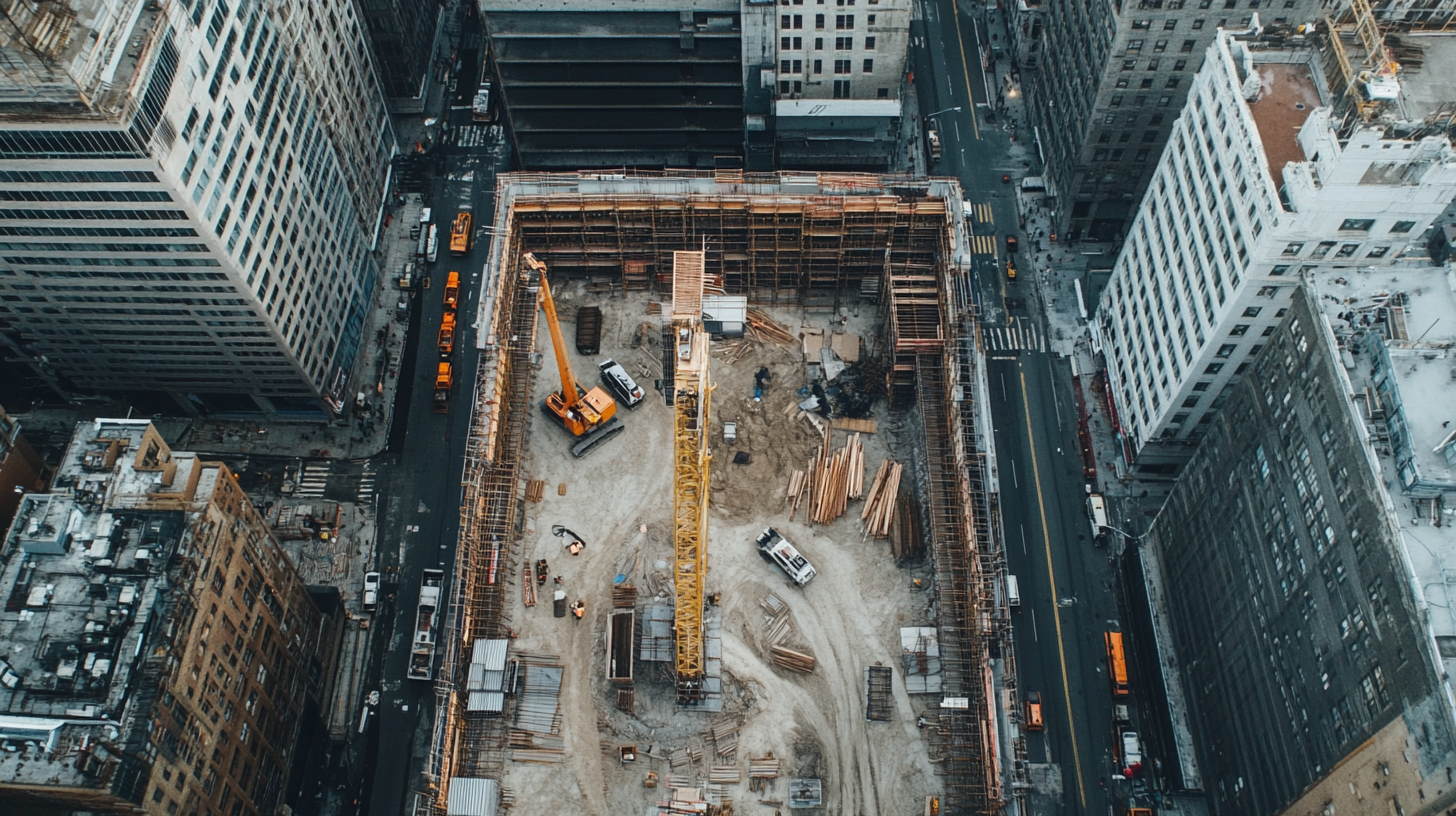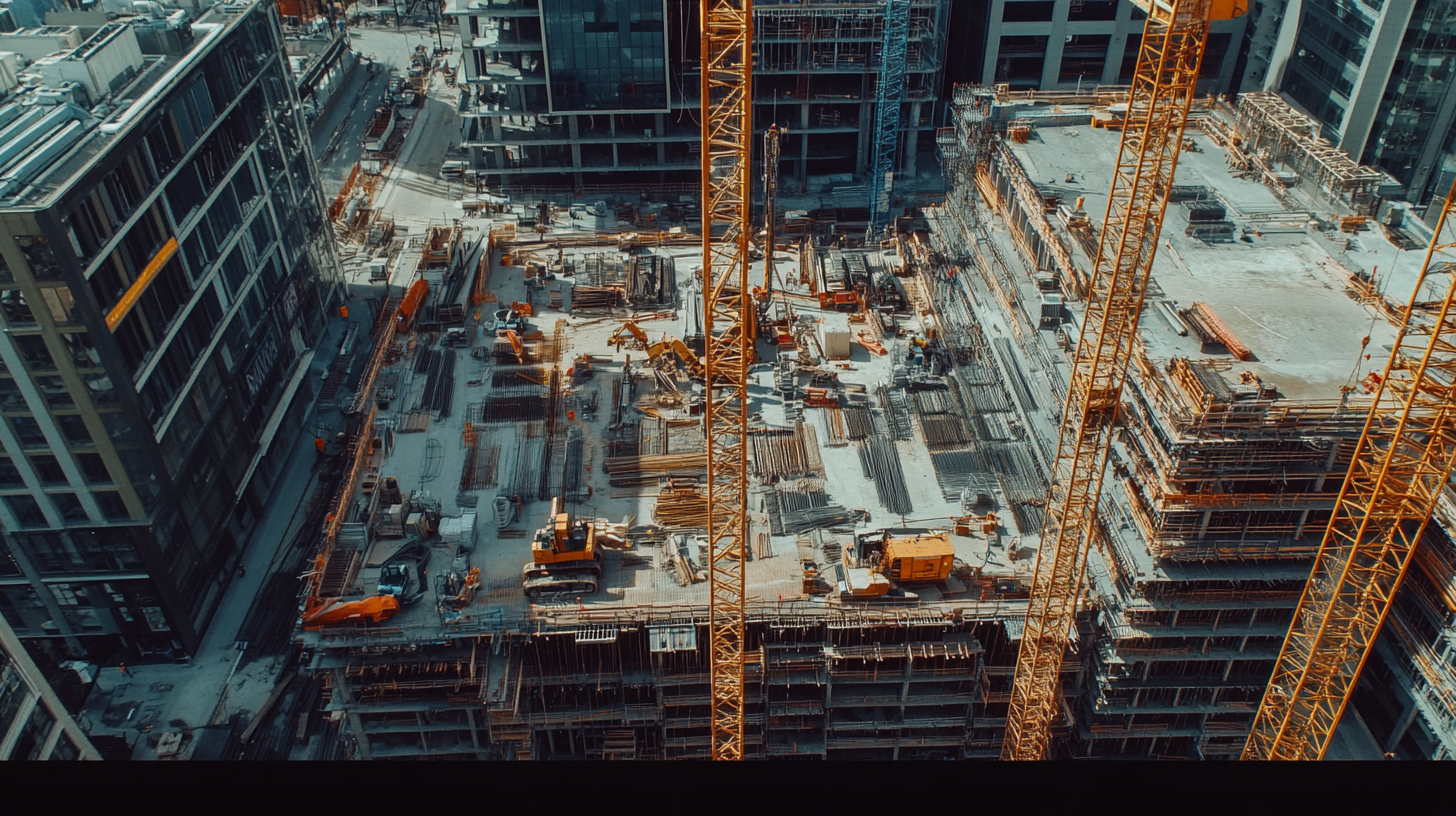Exploring Real World Applications of Construction Security Cameras in Enhancing Site Safety
Now-a-day construction features for health and security are constructed on fast the innovations have brought on and have increased the requirement of a security camera at a construction site. Rather, the high-technology screams of construction surveillance cameras perform more than deter would-be criminals away from mischief; they significantly contribute to the entire safety at any site. With live monitoring along with recording serves as significant and valuable sources for site managers as well as safety personnel in case any hazards need to be addressed and streamlined further coordination of safety measures.
As construction projects expand into more complex fields and scales, designing suitable integral security becomes more solid. Constructing security cameras has been incorporated as another dimension into daily activities to deal with the theft and vandalism issues while improving the oversight of construction activities. Today, we would be looking at how these cameras have been field-tested in different sectors and the contributions towards making successful projects by producing a safer environment for working. Tune in for the investigation on how these advancements have transformed construction safety immeasurably!

The Role of Construction Security Cameras in Mitigating On-Site Accidents and Injuries
Having a paramount importance of safety in the construction sector, security cameras would then be one of the best weapons at enhancing site safety. Such cameras do prevent and minimize on-site accidents and injuries by several preventive and responsive approaches against an accident. With real-time surveillance, construction security cameras monitor compliance to safety protocols, thus preventing probable occurrences that will endanger employees' lives. The threat of surveillance is also a strong deterrent against unsafe practices. Workers tend to be more conscious of safety measures when they think they are being watched, such as working in protective gear or keeping an eye out for hazards. The footage can be immensely useful for training purposes: Management can analyze an incident and show it to employees so they can learn the right behaviour and protocols in fostering safety culture on-site. Along with accidents, they improve the ability to respond in case of incidents. In real-time situation assessment, site supervisors can hence activate emergency response measures that minimize the extent of injuries and guarantee immediate medical attention for affected workers. Doing so not only ensures the health and safety of workmen but also protects construction companies against any kind of delay and financial losses in respect of work injuries.

Leveraging Real-Time Surveillance for Improved Emergency Response Times
The influence of technological advancement on construction safety has become very essential in the fast-growing industry. Emergency responses can easily be improved with the use of surveillance cameras on construction sites. A National Institute for Occupational Safety and Health (NIOSH) report states that nearly 1,000 out of 1,800 fatalities that occur in the construction industry annually can be avoided with timely calls for ambulances. Emergency treatment becomes immediate with real-time observations of site conditions and thus may prevent the loss of lives.
This network of real-time surveillance technology provides a continuous observation of site conditions, allowing project managers to detect and act quickly on hazards and irregularities. A study by the Construction Industry Institute (CII) shows that sites with active monitoring had 25% fewer incident rates than sites without this technology. The study demonstrates that when incidents are captured live, response teams mobilize more quickly, thus achieving far better results; this technology can be referred to as force multiplier for emergency services in ensuring prompt response by help arriving at the site in time.
Furthermore, the analytics derived from these surveillance systems can yield useful insights into trends regarding persistent safety challenges, whereby advances could be made in the approach towards prevention. According to the report from Occupational Safety and Health Administration (OSHA), "falls account for some 60% of construction site injuries". With that, images captured by cameras can make permanent observation of behavior from workers within the site and thus easily sense and modify individual or collective patterns that lead to these mishaps. Investing in this real-time surveillance system does not only enhance the immediate responses to safety but also spreads a safety culture among all parties to the construction site.

Impact of Construction Security Cameras on Theft Reduction and Asset Protection
CCTV Security Cameras for Construction Sites: In the past few years, construction site surveillance cameras have become one of the most critical tools for safety enhancement at construction sites, especially in fighting asset theft. With the advancement of technology, it is possible not only to watch events in real time through these cameras, but also to link various applications into existing security systems for real-time monitoring and rapid incident response. These high-definition cameras effectively prevent theft from job sites, making it much safer for construction managers to keep their most valuable materials and equipment-including equipment that's routinely targeted and left in plain sight-on the job.
Access to on-demand security services is an indication of how businesses are catching up with trends toward leveraging technology to secure themselves. For instance, construction companies have the speed advantage of requesting emergency and ad hoc security services via mobile app with the efficiency of responding to an immediate actualized threat. Such speed minimizes theft and loss, protects their investment, and integrates existing systems with these modern solutions to solidify a multilayered crime prevention approach.
Moreover, the sharp increase in cyberspace threats exposes areas of deep physical security since most construction sites possess advanced assets that are susceptible to both physical and digital attacks. Companies engage in such high-tech surveillance systems to monitor their sites, thus implicitly implying that their operations are protected against possible cyberspace risks, adding more weight to the need for a comprehensive security strategy in the construction industry.

Enhancing Compliance with Safety Regulations through Video Surveillance
At a time when site safety remains foremost, video surveillance systems will have emerged as a game-changer in enhancing construction safety regulation compliance. According to NIOSH, over 20 percent of fatalities in construction are due to falls, which is the number-one killer in the business. Safety cameras on construction sites will allow project managers to enforce safety observances actively and ensure compliance by workers, minimizing the chances of accidents.
Supervisors will have real-time video images for instant feedback, thereby enabling them to comment on a safety violation that is occurring at that moment. The Occupational Safety and Health Administration (OSHA) reports that safety regulations can reduce the chances of accidents by up to 50%. With video footage of the incident, all companies are now able to provide thorough investigations that will assist in tailoring safety training programs to address specific concerns. This proactive approach will foster worker protection and lessen some of the legal liabilities that may arise from failing to comply with safety regulations.
Besides, employing video surveillance systems promotes a culture of accountability among workers. Employees adhere to safety procedures more willingly when they suspect scrutiny, thus ultimately improving safety on the very site. It is now becoming common for the construction industry to use technology for safety compliance, and a more recent McKinsey report has confirmed that companies engaging safety compliance technology report an increase in safety compliance of about 25%. As an integral facet of the modern construction process, video surveillance used for safety compliance will continue to be important in sustaining a safe working environment.
Cost-Benefit Analysis: ROI on Construction Site Security Camera Investments
The newest method in construction site management is the use of security cameras. They have become a most important tool in practically all construction establishments to enhance site safety. The return on investment for construction site security cameras is not just financial; it is about the broader implications for the safety, productivity, and success of a project as a whole. The average yearly fatalities from construction sites amount to 580 for the whole of the U.S., as revealed by the National Institute of Standards and Technology. This makes safety protocols improvement an immediate priority.
Investments in security cameras systems can significantly reduce the risks of workplace accidents and theft. According to the Construction Industry Institute, every dollar spent on safety programs can return more than $4 on injury reduction and enhancing morale. Specifically, the Occupational Safety and Health Administration (OSHA) study found that using security cameras to monitor workplaces reduces unsafe behaviors on-site by 36%. Such a change promotes cost savings, which are key in accident cases, and establishes a long-ages culture of safety at sites, making them very valuable for successful projects in the long run.
Besides, the whole point of safety is the installation of cameras that lead to more productivity and better resource management. A survey conducted by the Associated General Contractors of America says about 64% of construction firms have had reduced labor costs attributed to the implementation of security technology. The systems assure continuous supervision and thus deter theft and vandalism; at the same time, these systems can also ensure that allocated materials and equipment get to the required places without wastage or delay. Thus, direct and indirect returns on investments for construction site security cameras clearly indicate that such technology can benefit companies greatly.